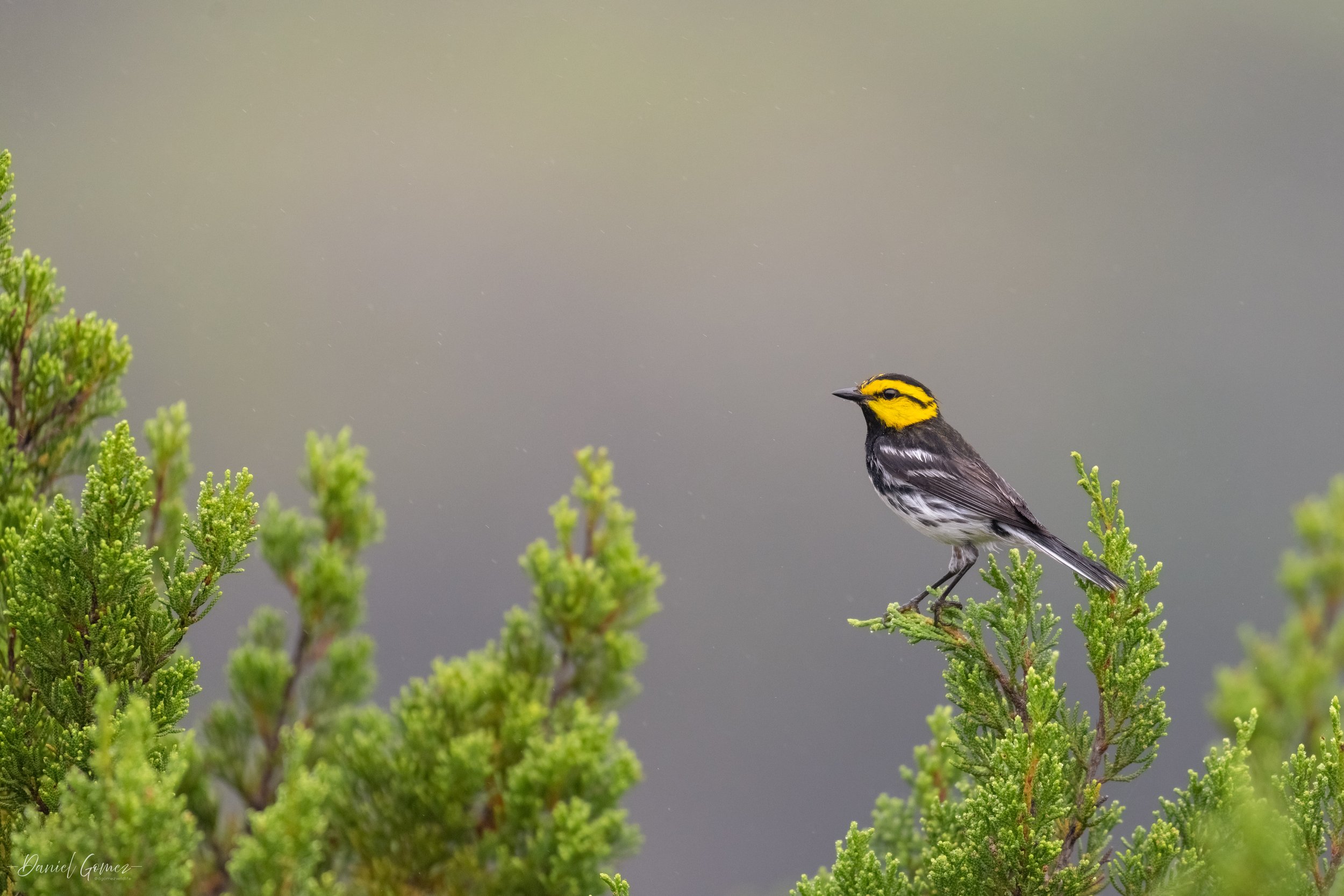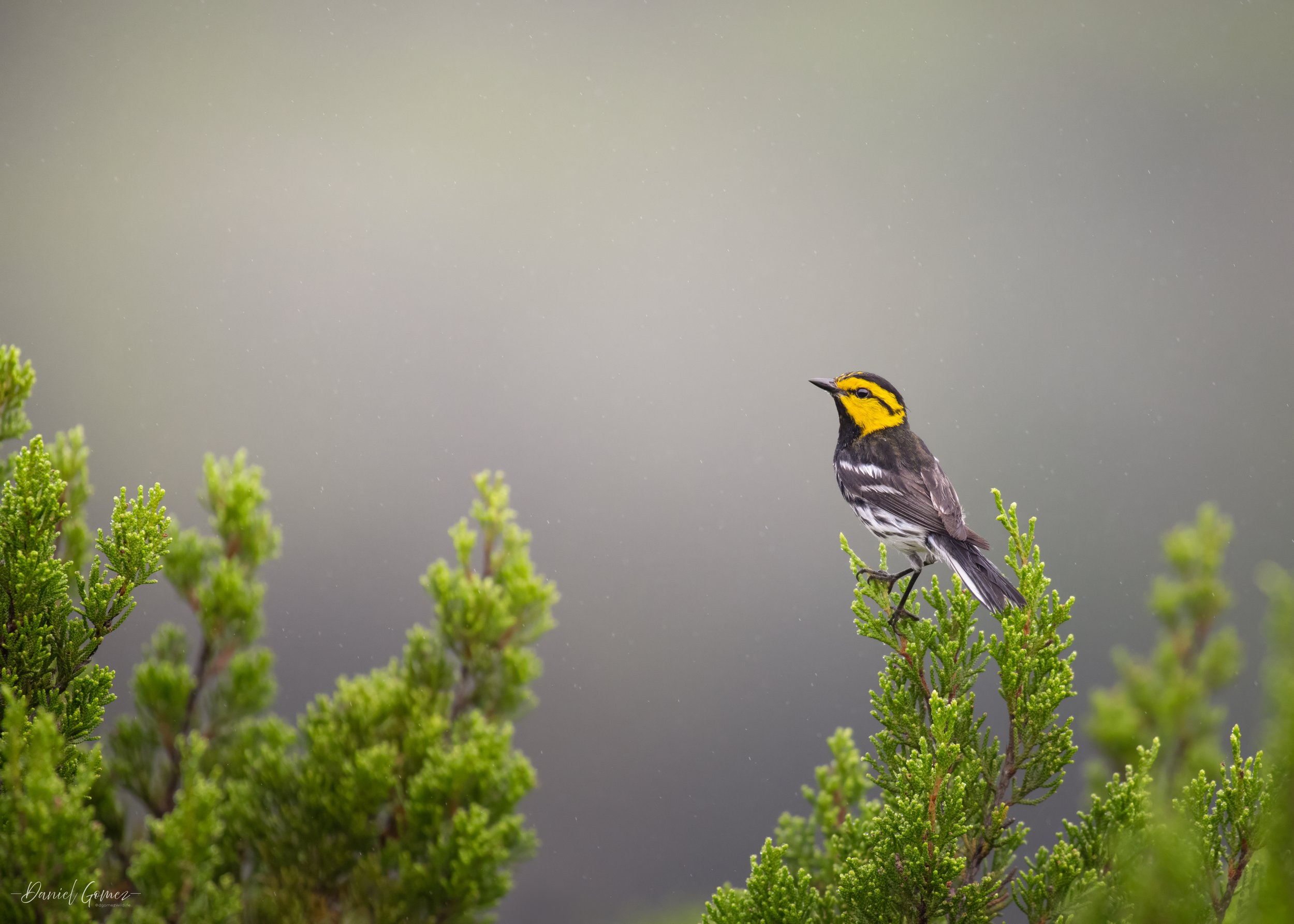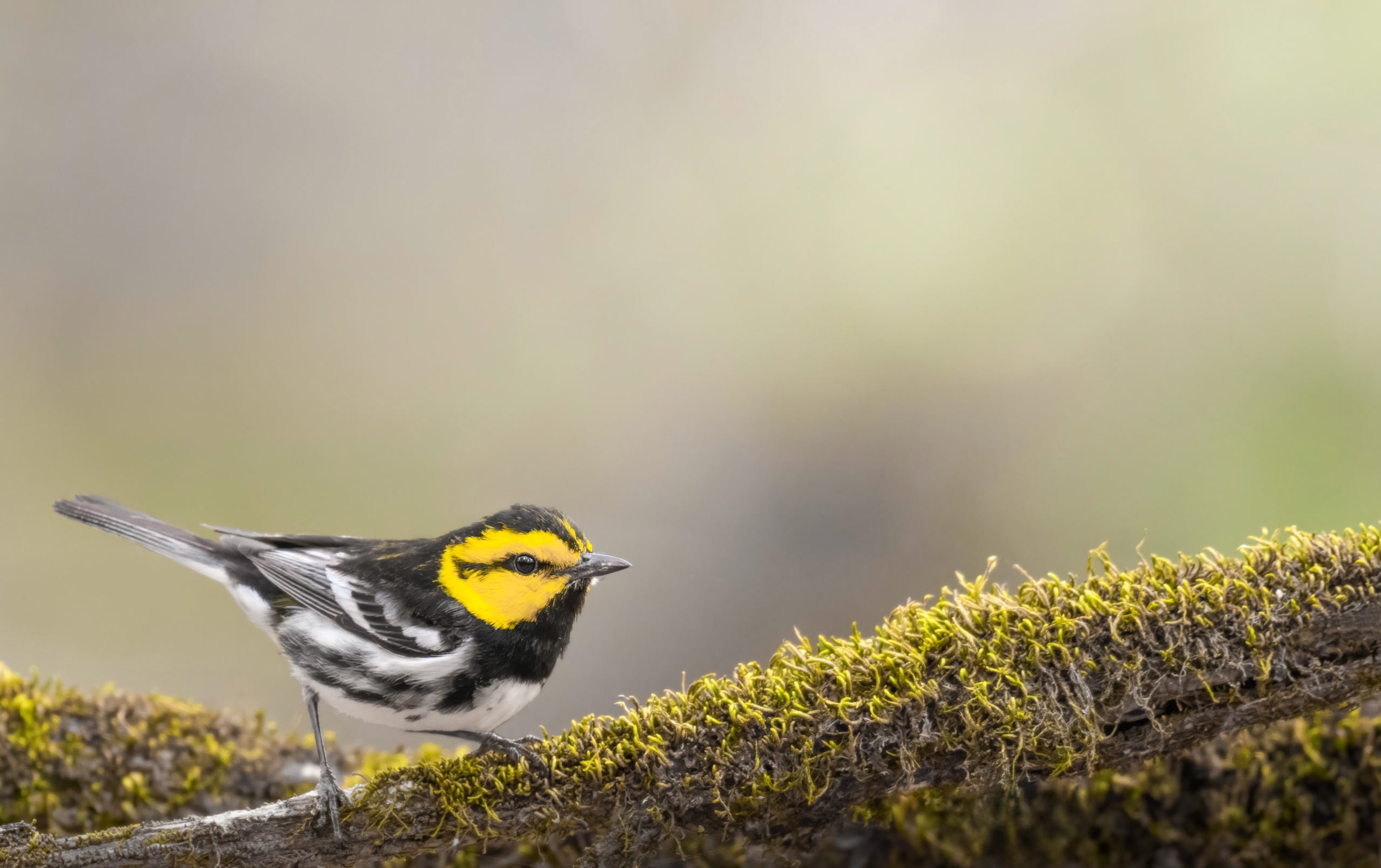The Golden-Cheeked Warbler
The Golden-Cheeked Warbler has changed my life. This bird probably is the biggest influence in my bird photography passion. Without the time, and countless hours spent researching, tracking, and photographing the Golden-Cheeked Warbler, I’m not sure I would be as passionate as I am as an avian wildlife photographer today.
I can remember early on in my life and my photography journey hearing about these. birds.. I had always known how rare Golden-Cheeked Warbler, is, but never cared much about it, until my first spring as a bird photographer, and I had finally seen and photographed one.
These birds will be arriving to their breeding territories here in Central Texas in just a few weeks, so I decided to write a blog post in order to spread a little more information about the Golden-Cheeked Warbler, and hopefully attract birders and bird photographers to visit Central Texas and see this bird one day.
Overview
The Golden-Cheeked Warbler is a small neotropical songbird, that weighs about 9-12 grams, or 34 ounces. For successful breeding, Golden-Cheeked Warblers require an Ashe Juniper/Mix tree growth. Golden-Cheeked Warbler males are extremely territorial, and will arrive to their breeding grounds around mid-late March. There are quite a lot of people out there, that assume they cannot find these birds until later in March, but I have seen these birds on breeding grounds as early as March 7th. The Golden-Cheeked Warbler will typically leave their breeding grounds in late July/August, and over winter in Mexico and Central America.
Typically, females will try more than 1 attempt at nesting per season, and will lay 3-4 eggs. Females will perform incubation for about 10 days. Nesting stage is roughly 12 days.
The Golden-Cheeked Warbler is the only bird in the entire United States that has its breeding range confined to a single state. The Golden-Cheeked Warbler nests in 25 counties in Texas.
There is a common misconception with a lot of people that think Golden-Cheeked Warblers best exclusively in Ashe Juniper trees. Golden-Cheeked Warblers will nest in Ashe Junipers, but they will also use deciduous trees as well for their nests. Mature Ashe Juniper trees are essential for this bird because they use the peeling bark strips to weave and help bind the nest together.
What to Look For
If you are looking for locations to photograph Golden-Cheeked Warblers, your main priority should be scouting for those mature Ashe Juniper trees. As stated above, those are essential for the bird’s nest building. The general consensus among researchers is the mixture between Ashe Juniper trees and deciduous forest is about 70% Ashe Juniper and 30% deciduous forest.
These birds spend a lot of time up in tree canopies during the breeding season, and during their wintering months in Mexico/Central America. The Golden-Cheeked Warbler builds its nests high up in the trees as well. I recommend finding locations where you can be at eye level with these tree tops. This not only is the best bet for getting good looks at the bird, but also will help out your photography. You’ll have distant, smooth, and out-of-focus backgrounds in your images, that pair very nicely with this bird.
Golden-Cheeked Warblers are an extremely territorial bird. Typically, if you find a Golden-Cheeked Warbler in a certain breeding location, it will use that same area, year after year. During my time photographing these birds, I have built a nice list of locations to photograph different male Golden-Cheeked Warblers that cooperate well with my photography style. I have seen female Golden-Cheeked Warblers many times, but they are so difficult to photograph, and will usually stay well hidden behind tree growth. When still, and wearing muted color clothing, I have had males sing in front of me within 6-12 ft., which is quite the memorable experience.
Conclusion
With this information in mind, I would like to remind everyone to apply some basic ethical practices when photographing this bird. Remember, the Golden-Cheeked Warbler is an endangered species, and is currently faced with a very significant threat to its survival, man. Everyday, thousands of people are moving from elsewhere in the United States into Texas. Urban development is a huge issue for this bird and habitat loss. We are seeing more and more private land bought up and replacing the essential resources for the bird’s survival with apartments, townhomes, and large neighborhoods. Be sure to not spend too much time with these birds, and always keep the bird’s health in mind and always check for signs of stress.
I hope this brief write up helps in your search for this bird. It’s one of the rarest birds in North America, and a true pleasure to be able to photograph every year. If you have any questions about this bird, or are interested in photographing the Golden-Cheeked Warbler, you can always message me on my instagram page, @dgomezwildlife or send me an email and I will be happy to help you out.
Sincerely,
Daniel Gomez


